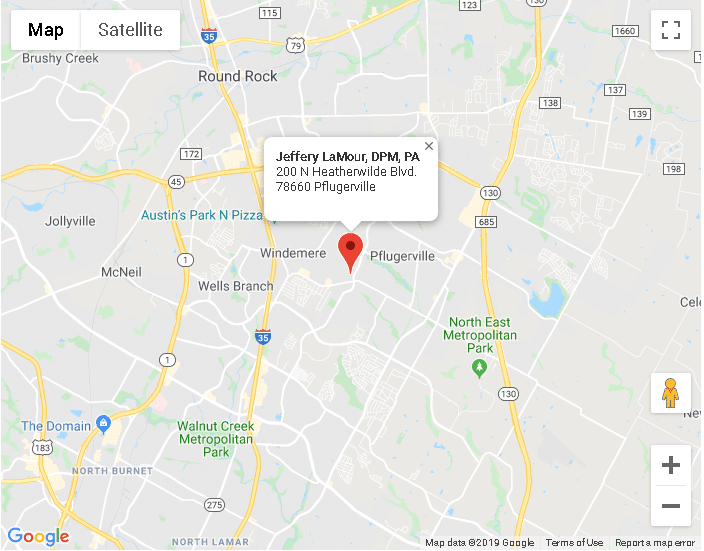Custom Orthotics vs Store Bought Orthotics: The Wrong Choice Could Cost You
Do your feet hurt? There are plenty of reasons for foot pain, and you’ll need a podiatrist in Austin, TX, to examine them and make a diagnosis. The podiatrist will then recommend a treatment that might include orthotics. But what are orthotics, and are they an over-the-counter solution or a custom solution?
Let’s take a look.
What Are Orthotics?
Orthotics are inserts that are placed in your shoes to help correct any number of foot issues and to help ease the pain and discomfort of those issues.
Are Custom Orthotics Better than Store-Bought Orthotics?
Just as with anything else, a product that is customized to fit your specific needs will always be better than a one-size-fits-all solution. First and foremost, custom orthotics are custom-made to fit your feet like a glove and correct your specific issues.
The Benefits of Using Custom Orthotics
Here are some of the benefits of using custom orthotics in Austin, TX, rather than a store-bought shoe insert.
- Better design
- Better materials
- More durable
- Less expensive (yes, really, more about that in a moment)
- Custom-fit
- More comfortable
- Better support
Are Store Bought Orthotics Ever Recommended?
Yes, in certain cases, your podiatrist might tell you that wearing a store-bought shoe insert will suffice for your situation, but not very often. If you have minor foot pain and discomfort, or you have a mild case of flat foot deformity, you might not need a custom orthotic. However, custom orthotics are always better for your feet because they are made specifically for you.
Additionally, custom orthotics are cheaper in the long run because store-bought shoe inserts are frequently ineffective, leading to additional foot issues. And, store-bought orthotics are less durable than custom orthotics, so you will have to replace them more often, making them a less cost-effective option. Additionally, custom orthotics are sometimes covered by your insurance, so you won’t have many, if any, out-of-pocket expenses.
Do You Need a Podiatrist in Austin, TX?
If you are searching for a podiatrist in Austin, TX, please Contact Jeffery Lamour, DPM, PA today. Dr. Lamour has 20 years of experience treating acute and chronic foot issues, which includes providing custom orthotics to his patients. The offices are comfortable and relaxing, and you will be treated with all the care and respect you deserve!









